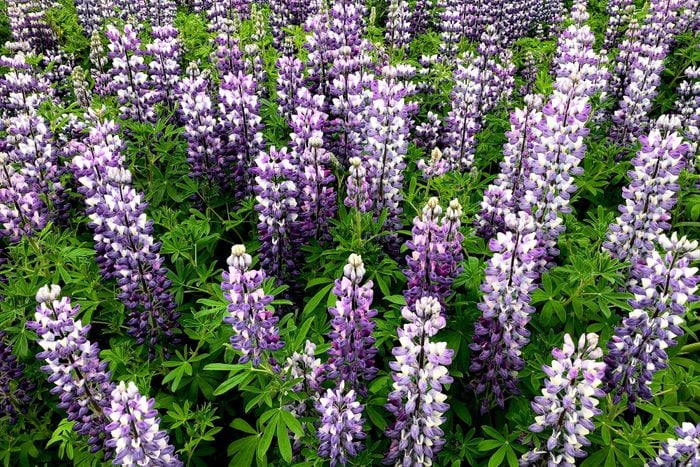Native plants require less fuss, grow more easily and help pollinators and other wildlife. Here are some ideas to plant by region.
15 Native Plants To Add To Your Yard
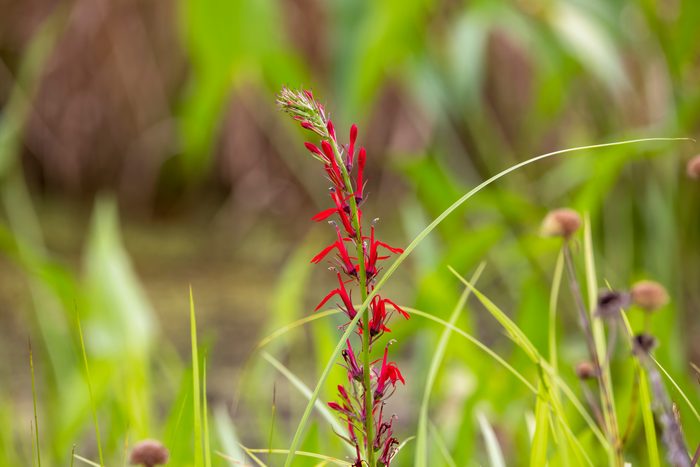
Native Plants for the Northeast
The Eastern United States (U.S. Department of Agriculture Plant Hardiness Zones 3 through 7) only has one native hummingbird, the ruby-throated. They need a lot of food to power those busy wings — upwards of twice their body weight in nectar, tree sap and insects every day. Here are some plants that support the rubies and other important Eastern wildlife.
Cardinal flower
Hummingbirds and other pollinators particularly like cardinal flower, with its bright-red fanlike blooms that flower from July to October. This mix of cardinal flower, eastern Columbine and wild bergamot also helps the bees, butterflies and moths that 96% of backyard birds rely on to feed their young. Good for part shade.
Golden Alexander
Golden Alexander welcomes bees and swallowtail butterflies with flat yellow blooms that flower from April to August. This mix also contains Jacob’s ladder and blue wood aster, keystone plants that support more than 100 species of butterfly and moth and 34 species of bees.
Carex bromoides
These grass-like perennials, also known as sedges, feature an airy foliage with arching leaves that create a pleasant aesthetic for humans and a haven for wildlife.
Besides being a host plant to several butterfly and moth species, carex bromoides can be used as a ground cover to stabilize soil and suppress weeds. “Creating pocket meadows or pocket prairies, is a sustainable way to keep some lawn, and devote some to native flora and fauna,” says Ali.
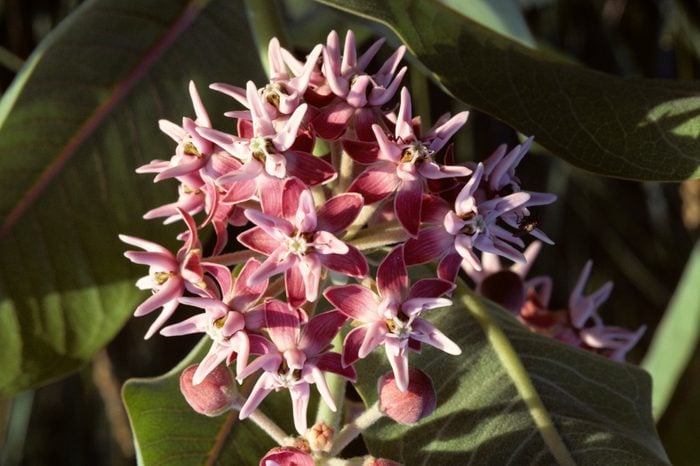
Native Plants for the Northwest
The rain and rich soil of the Northwest (USDA Zones 7 through 9) makes for lush native plant gardens that attract an abundance of wildlife. Some of our favorite yards combine native flowers for bees and bushy thickets that harbor quail and chipmunks. Here are some plants that support the Northwest’s bustling wildlife and pollinator scene.
Showy milkweed
With spiky, pinkish clustered blooms and large leaves, showy milkweed is best known for hosting monarch butterflies through all of their developmental life stages.
It’s also an important host plant for other butterflies and moths, plus attracts hummingbirds and bees. It’s a plant on the decline, so it’s particularly helpful to add it to your yard if you have room for it’s four-foot stalks.
Hall’s aster
Because Hall’s aster blooms in late summer, it’s a key late-season pollinator resource. Its white to lavender sun flower beds also work like a butterfly magnet, and many landscapers use it to restore barren patches. Put this hardy, spreading perennial in full sun.
Bigleaf lupine
The stalks of lupines grow up to five feet tall with purple blooms that are irresistible to bumblebees — and some species of bumblebees need particular help right now. It’s deer-resistant, great for garden prairies and meadows. It loves full sun and moist, well-drained soil.

Native Plants for the Midwest
Because much of the habitat in the Midwest (Zones 3 through 6) is fragmented and distressed by pesticides, planting pollinator sanctuaries can really help vulnerable swaths of bees, moths, butterflies and birds. Here are some plants that greatly help support the Midwest’s valuable pollinators and other insects.
Blue wood aster
The lavender blooms are an important nectar source for pollinators in the late fall. This mix also contains native, keystone perennials that are vital for bees in early spring, like golden Alexander and Jacob’s Ladder. Good for full sun and part shade.
Eastern columbine
This is vital for hummingbirds because it provides nectar for three seasons and harbors beneficial insects. Bees also adore its yellow and red tubular blooms. This mix adds cardinal flower and bee balm, which together act as a hummingbird welcome mat. Plant in part shade.
Wild bergamot
Aka bee balm, wild bergamot is another long bloomer. It’s particularly helpful for the small black sweat bee, which depends on it in the Midwest. Bee balm also helps wasps that eat certain pest species. It’s easy to plant from seed, producing lavender blooms that attract hummingbirds and other native bees as well.
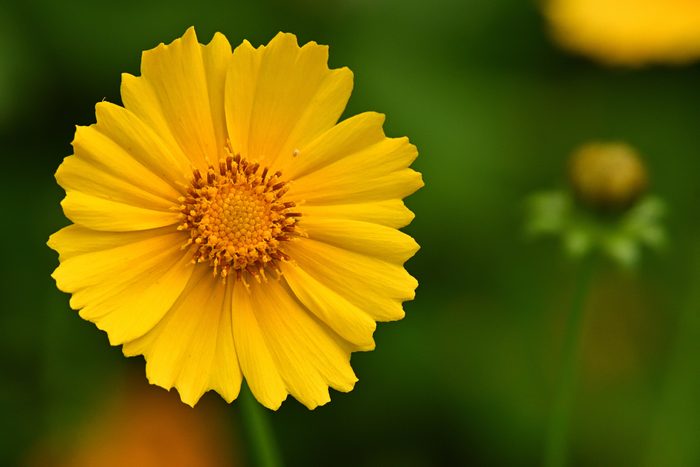
Native Plants for the Southeast
Humid days and blazing sun can make planting in the Southeast (Zones 8 through 9) easy yet surprisingly challenging. These conditions can sometimes encourage pest insect species. But because native plants foster native insects, they can help naturally keep pests in check.
Here are some native plants that grow readily in the Southeast while providing crucial support for local insects and pollinators.
Butterfly milkweed
With the recent severe decline of monarch butterflies, planting milkweed native to your area is more important than ever. But beyond that, butterfly milkweed supports an ecosystem for other insects, including queen butterflies. This shrublike perennial with bright orange flowers likes full sun and is ideal for larger spaces. Growing milkweed plants is the most effective way to sustain monarch butterflies.
Lanceleaf coreopsis
This tough plant can thrive in the heat and poor, sandy soil. Plus, its showy yellow blooms attract all sorts of pollinators.
Try it along the border of a native plant garden or wildflower meadow. It blooms in May and June, likes full sun and works well in containers or pots. This mix adds a brilliant accent of colors with blazing star, scarlet sage and lanceleaf coreopsis.
Golden fleece autumn goldenrod
Because this goldenrod species is compact, it’s good as edging or a container plant. It blooms from mid-September to October, great for late-season pollinators. This adaptable perennial also thrives in full sun and part shade.
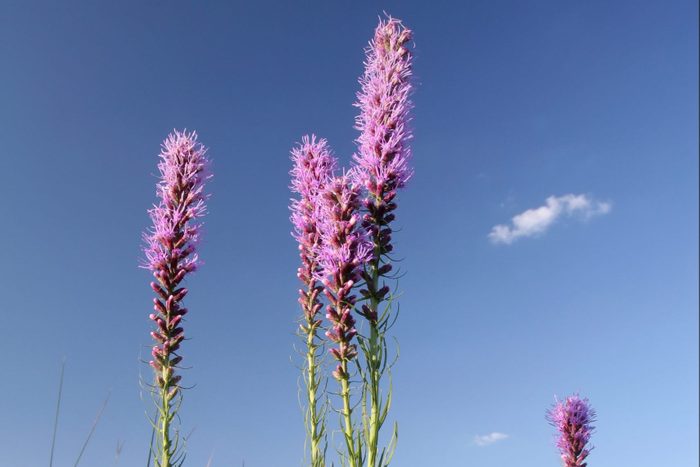
Native Plants for the Southwest
With sweeping deserts and mostly sunny days, plants native to the Southwest (Zones 7 through 9) have adapted to thrive with little water or shade. These harsh conditions mean native plants here are especially valuable to local wildlife. Here are some to try.
Spider milkweed
Spider milkweed’s nectar-rich yellow and green flowers attract a range of pollinators. But of course, milkweed is best known for its vital role as a host plant to monarchs; their populations have declined 85% or more in the West in the last two decades.
This milkweed species is drought tolerant with showy off-white blossoms. It’s also short, good for smaller gardens. Plant in the fall. Spring flowers will start in the second year.
Cusp blazing star
The dramatic, tall shafts of cusp blazing star will be covered with lavender-pink blooms, and butterflies will find them in late summer. It’s versatile and easy to maintain thanks to its long roots. It also attracts hummingbirds, rabbits and deer.
Wrinkle-leaf goldenrod
Nectar-rich wrinkle-leaf goldenrod‘s yellow booms pop in late summer to fall, helping migrating monarchs. It’s also good for other pollinating insects. Plant this tough, robust perennial in full sun.





















